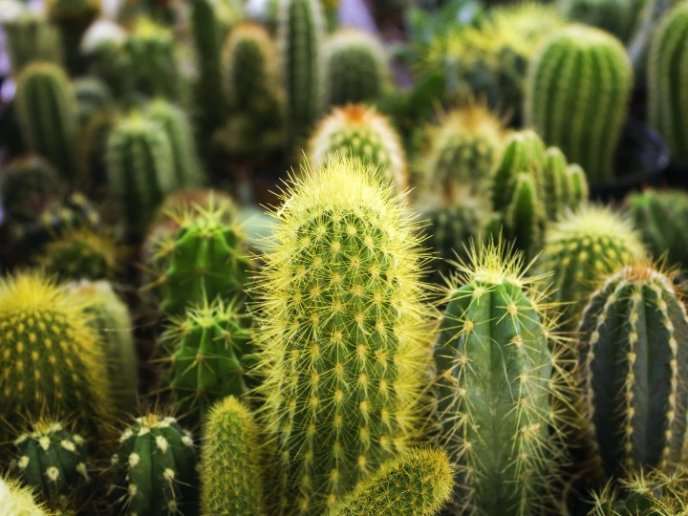Around 60% of cactus species will face less hospitable climates in the coming decades due to global warming, according to a study by researchers at the University of Arizona, which questions the hypothesis that these plants will thrive with rising temperatures.
If other factors are added (loss of habitats, degradation of the natural environment, etc.), Up to 90% of cacti could be threatened with extinction by 2070, three times the current estimate, according to researchers in this study published Thursday in Nature Plants.
Some 1,500 species of cacti distributed in the American continent live in different climates, ranging from deserts at sea level to the high mountains of the Andes and from arid ecosystems to humid tropical forests.
Among the places with the greatest biodiversity, rich in different species, are central Mexico and the Atlantic forest along the coast of Brazil.
In order to test the hypothesis that cacti would benefit from a warmer, drought-prone worldthe researchers – led by Michiel Pillet of the University of Arizona – examined data on more than 400 species, and used models to predict their evolution at mid-century and subsequent years under different scenarios of greenhouse gas emissions.
The results “describe a more pessimistic future”according to the study.
Currently, cacti are mainly threatened by the expansion of agriculture, the degradation of the natural environment, the loss of biodiversity and their collection for various purposes.
Even without climate change, cacti “constitute one of the most endangered groups of organisms on the planet”. More than 30% of them are classified as threatened with extinction, the authors note.
Around 60% of cactus species will face less hospitable climates in the coming decades due to global warming, according to a study by researchers at the University of Arizona, which questions the hypothesis that these plants will thrive with rising temperatures.
If other factors are added (loss of habitats, degradation of the natural environment, etc.), Up to 90% of cacti could be threatened with extinction by 2070, three times the current estimate, according to researchers in this study published Thursday in Nature Plants.
Some 1,500 species of cacti distributed in the American continent live in different climates, ranging from deserts at sea level to the high mountains of the Andes and from arid ecosystems to humid tropical forests.
Among the places with the greatest biodiversity, rich in different species, are central Mexico and the Atlantic forest along the coast of Brazil.
In order to test the hypothesis that cacti would benefit from a warmer, drought-prone worldthe researchers – led by Michiel Pillet of the University of Arizona – examined data on more than 400 species, and used models to predict their evolution at mid-century and subsequent years under different scenarios of greenhouse gas emissions.
The results “describe a more pessimistic future”according to the study.
Currently, cacti are mainly threatened by the expansion of agriculture, the degradation of the natural environment, the loss of biodiversity and their collection for various purposes.
Even without climate change, cacti “constitute one of the most endangered groups of organisms on the planet”. More than 30% of them are classified as threatened with extinction, the authors note.
;


















